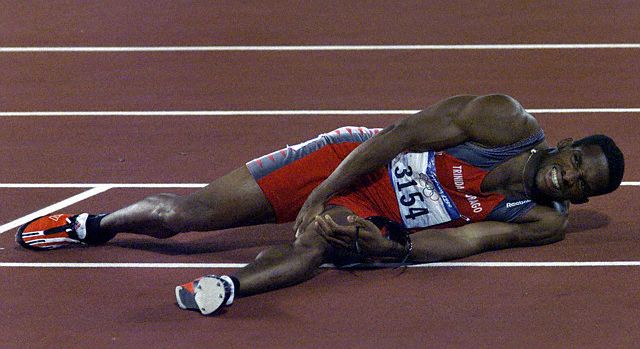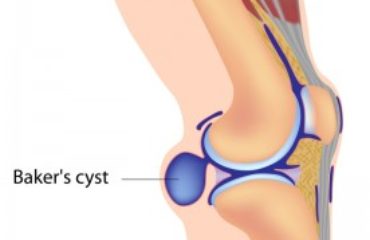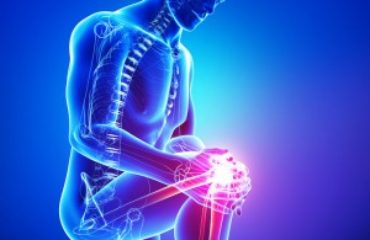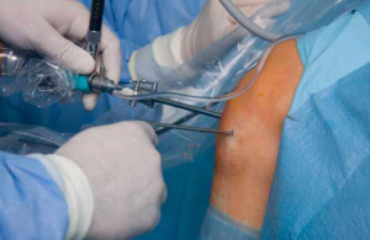The knee is the largest joint of the body and it plays a vital role in weight-bearing and movement of the body. It is also one of the most complex joints of the human body.
Ligaments are fibrous tissues that connect bones. There are two sets of ligaments in the knee: the cruciate ligaments – both anterior and posterior, and collateral ligaments – medial and lateral. Ligaments in the knee connect the femur (thigh) bone and the tibia (shin) bone.
Knee ligament injuries are very common in sports and can also affect any other individual that is active or participate in sports. It is estimated that 2 out of 1000 individuals have knee ligament injuries, especially for those involved in sports.
Since the knee joint relies on the surrounding muscles and structures for stability, it can be easily injured by any direct contact to the knee that rapidly changes the direction of it. Injured ligaments are categorized based on a severity scale:
- Grade 1 sprains – mildly damaged ligament, possibly slightly stretched but is
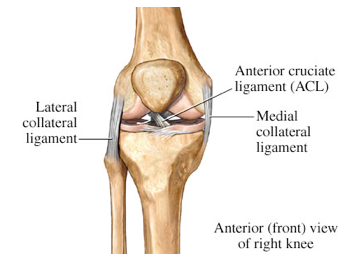 still able to perform its function of knee stabilization.
still able to perform its function of knee stabilization. - Grade 2 sprains – the injury stretches the ligament and it becomes loose enough to be referred to as a partial tear of the ligament.
- Grade 3 sprains – a complete teat of the ligament causing the knee joint to be unstable.
The cruciate ligaments are found inside the knee joint, crossing each other forming an X-shape that functions to prevent the tibia from moving forwards or backwards of the femur. The anterior cruciate ligament (ACL) is the most common ligament that is injured in the knee and cases have increased possibly due to the increased participation of individuals in sports and activity. Posterior cruciate ligament injuries are more commonly related to traffic accidents.
The collateral ligaments are ligaments found on both sides of the knee and function to control the sideway motion of the knee and to prevent it from moving abnormally.  Most medical collateral ligament injuries occur in males and especially those who are more active in sports. Lateral collateral ligament injuries often occur together with other knee injuries or a dislocated knee.
Most medical collateral ligament injuries occur in males and especially those who are more active in sports. Lateral collateral ligament injuries often occur together with other knee injuries or a dislocated knee.
All knee ligament injuries have some similar symptoms except the area of pain is localized to as all four structures are located in different regions of the knee. In general, patients often hear a loud “popping” sound, experience pain, swelling and possible bruising may also occur.
The general first aid measure for knee ligament injuries include restriction of activity; icing the area of pain, swelling and bruising, and elevating the knee to reduce the swelling and aid healing. For mild ligament injuries, less invasive treatment such as oral medication and rehabilitation is recommended while for complete tears or cases that have no improvement, surgery is recommended. Physical therapy is required after surgery to allow patients to have faster return to routine activities and sports.
Dr. Adam Farber of Phoenix Shoulder and Knee is an expert sports medicine doctor who offers all types of treatment for knee injuries. This includes medial and lateral collateral ligament injuries, along with both ACL and PCL injuries.
Most insurance is accepted at the practice, call us today!
References:
Combined Knee Ligament Injuries. OrthoInfo. American Academy of Orthopaedic Surgery. http://orthoinfo.aaos.org/topic.cfm?topic=A00551. Accessed 2/22/2017.
Knee Ligament Injuries. Patient. http://patient.info/health/knee-ligament-injuries-leaflet. Accessed 2/22/2017.

